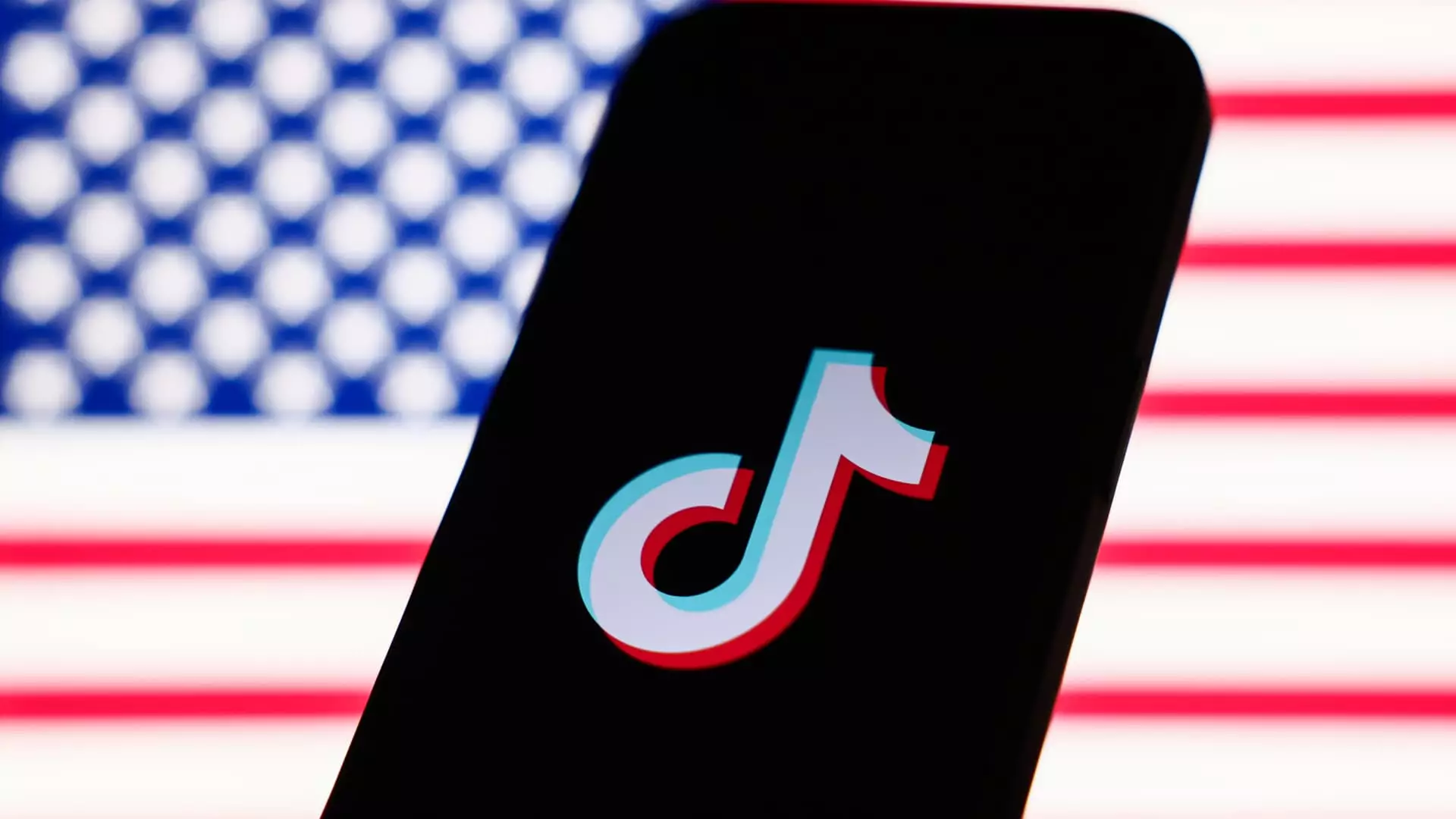In a further escalation of the tech revolution, Perplexity AI, an emerging player in the artificial intelligence space, has expressed a bold interest in merging with TikTok. This potential merger has been marked by significant media attention and uncertainty, given the implications for both the social media landscape and AI development. The rapidly evolving nature of technology, especially regarding generative AI, supports the notion that such mergers are not only crucial for survival but also foundational for innovation in a competitive market ripe with opportunities for disruption.
Perplexity AI has formally submitted a bid to acquire a stake in TikTok U.S., a subsidiary of ByteDance, the parent company of TikTok. The proposition aims to establish a new joint entity that combines the strengths of Perplexity AI with those of TikTok, utilizing new capital injections to propel growth. This strategy appears to be designed with careful attention to ByteDance’s current shareholder interests, suggesting that investors could keep their stakes in the new venture instead of forcing a complete sale.
Interestingly, as Perplexity AI navigates these negotiations, it is emerging within a context where the valuation of AI companies is soaring. Starting the year at $500 million, Perplexity AI’s worth exploded to approximately $9 billion, reflecting an increasing thirst for AI-driven solutions among investors. However, this meteoric rise has come with scrutiny, particularly concerning allegations of plagiarism amidst the generative AI boom, a critical point that could impact Perplexity’s reputation going forward.
The Role of Generative AI in the Modern Search Landscape
The intersection of generative AI and search technologies presents a significant threat to established incumbents like Google. As AI-enhanced search capabilities are continually refined, they alter the mechanism through which users locate information. Last year, notable introductions in this space included OpenAI’s SearchGPT and Google’s “AI Overviews,” both of which aim to provide more holistic and immediate responses to user queries. Such tools emphasize the growing trend of utilizing AI not just for conversation but also for simplifying and enhancing user experiences.
The strategic potential of Perplexity AI’s merger with TikTok lies in this transformative phase. Video content has become an essential vehicle for information dissemination and user engagement. Incorporating TikTok’s video-centric platform with the intelligence of Perplexity AI could redefine how users interact with AI, leading to increasingly sophisticated and contextual content delivery methods.
Adding layers of complexity to this proposal is the ongoing geopolitical narrative surrounding TikTok, particularly its status in the U.S. market. Amid speculation that the app might “go dark” in the U.S. if its operational future remains in jeopardy, there are mixed signals from the current administration and its approach to tech regulation. President-elect Donald Trump’s recent remarks suggesting a 90-day delay in resolving issues surrounding TikTok reflect the delicate balancing act that corporate entities must engage in while navigating government scrutiny over data privacy and national security.
The leadership of TikTok, particularly CEO Shou Zi Chew’s outreach to Trump, underscores an awareness of the political currents that could affect investor sentiment and ultimate deal formation. Perplexity AI’s bid, framed as a merger rather than a sale, could be perceived as a negotiation strategy designed to align stakeholders’ interests during turbulent times.
The potential merger between Perplexity AI and TikTok signifies more than just a financial transaction; it embodies a crucial intersection of technology, social media, and geopolitical dynamics. Should this merger move forward, it could redefine operational paradigms for both entities, paving the way for innovative uses of AI in an increasingly video-driven landscape. The unfolding situation will require careful navigation of investor interests, regulatory challenges, and the reputational considerations inherent in both traditional search capabilities and the emergent media frameworks dictated by user engagement preferences. As the landscape evolves, stakeholders and observers alike will be watching closely to see how the interplay between these forces shapes the future of digital content consumption and information retrieval.

